Caribbean Herbs and Spices (the essential list)
Be warned. This will be gonna be an ever-evolving list.
Once upon a time, some years ago I had an epiphany. Cultural cuisine is defined by taste and technique. Not exactly a life-changing revelation but a significant one nonetheless. I mean chicken is chicken in any country. But add some curry, jerk, or a little masala and you’ve suddenly embarked on a culinary journey.
The flavors in authentic Caribbean cuisine come from the use of fresh produce, herbs, and spices. The following list of essential herbs and spices for any Caribbean cook. Some are universal. Some differ by island and/ or culture. Regardless of where in the world you are from, many of the ingredients on this list will look familiar. That can be credited in part to the large migration of Africans, Asians, and Western Europeans to the Caribbean over the centuries. Look closely and you will see that the faces and the foods of Trinidad and Grenada are a reflection of India. Cuba and Spain are close cousins. The Jamaican motto “Out of Many One People” holds true in both our cuisine and culture.
As you read through the randomly compiled list below, please comment by telling me.
What did I miss? What’s your favorite Caribbean spice? How do you use it?
Ginger – can be incorporated into almost any Caribbean dish and it frequently is. Ginger also provides some medicinal benefits. It has been proven to be beneficial as an appetite stimulant, a digestive aid, and to ease stomach discomfort just to name a few.
Cinnamon is used universally for medicinal and culinary purposes. Still, it is so heavily used in Caribbean cooking that I couldn’t imagine leaving it off this list. Cinnamon adds a rich fragrant flavor to porridges, drinks, desserts, and cakes.
Nutmeg is used as flavoring in many porridges, desserts, and hot beverages. Though less common, it can also be used as a flavoring for savory dishes. Nutmeg is dried in its shell for up to 3 months before the shell is broken and the nut is grated for use. Mace, the outer covering of the nutmeg shell is used in cakes, custards, sauces, soups, fish, and meat dishes. Mace has a peppery nutmeg-like flavor and is dried before it is used.
Allspice or pimento berries are used extensively in Mediterranean and Caribbean cuisine. These aromatic berries are one of the main ingredients in Jamaican jerk seasoning. Allspice is also used to make other seasonings including mole, curries and to flavor juices like rum punch.
Turmeric is a peppery, slightly bitter relative of ginger.; turmeric is used heavily by many Caribbean cooks. Tumeric is one of the main ingredients in most West Indian curries and mustard. Tumeric is also used by Indians and Chinese as an anti–inflammatory medicine.
Basil is used to flavor many Caribbean dishes including seafood and beef dishes and rice. There are several varieties of basil found throughout the Caribbean. Basil is one of the main flavorings in Guyanese black pudding.
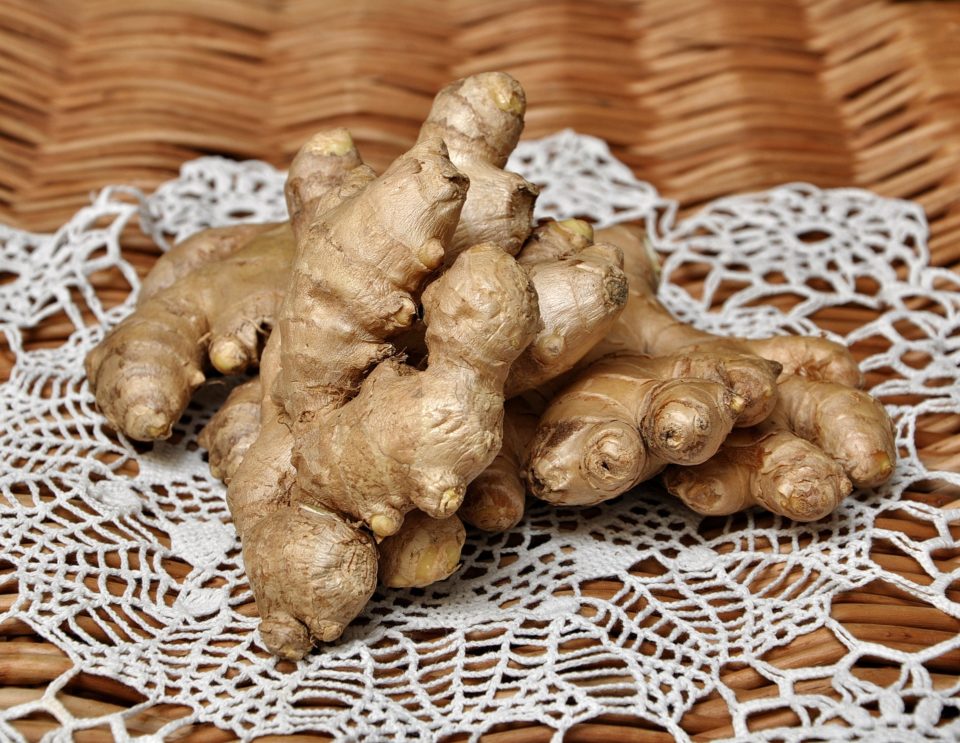
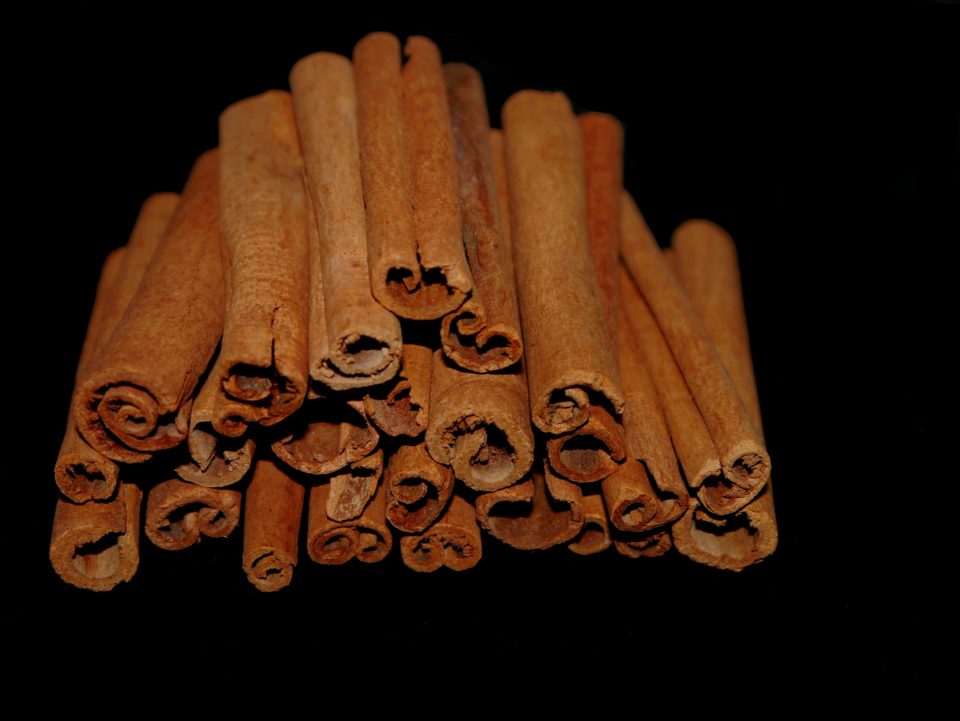
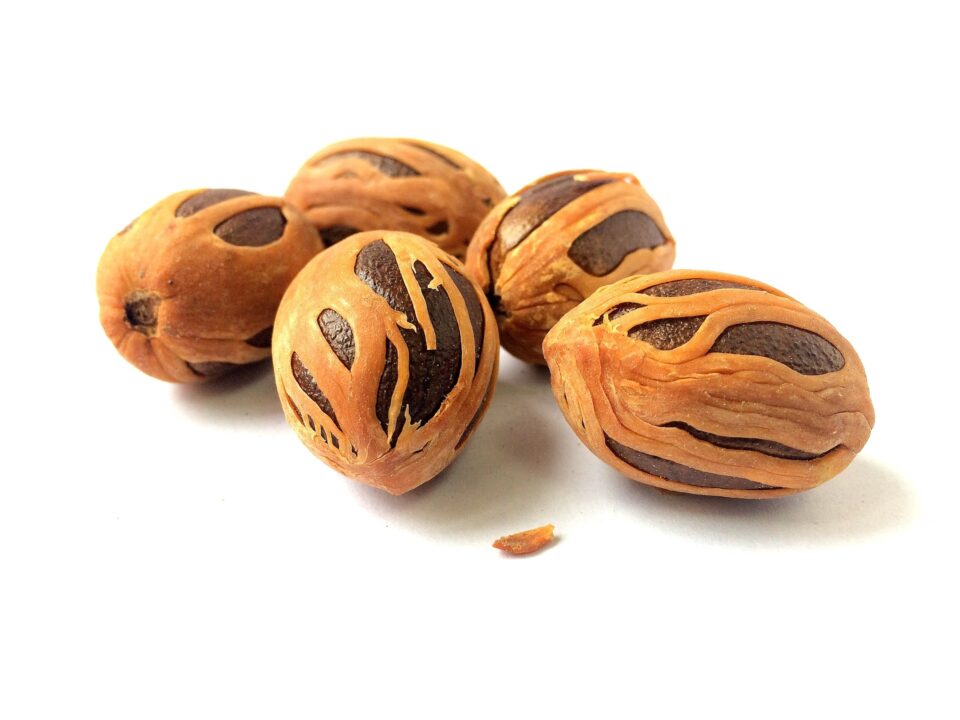
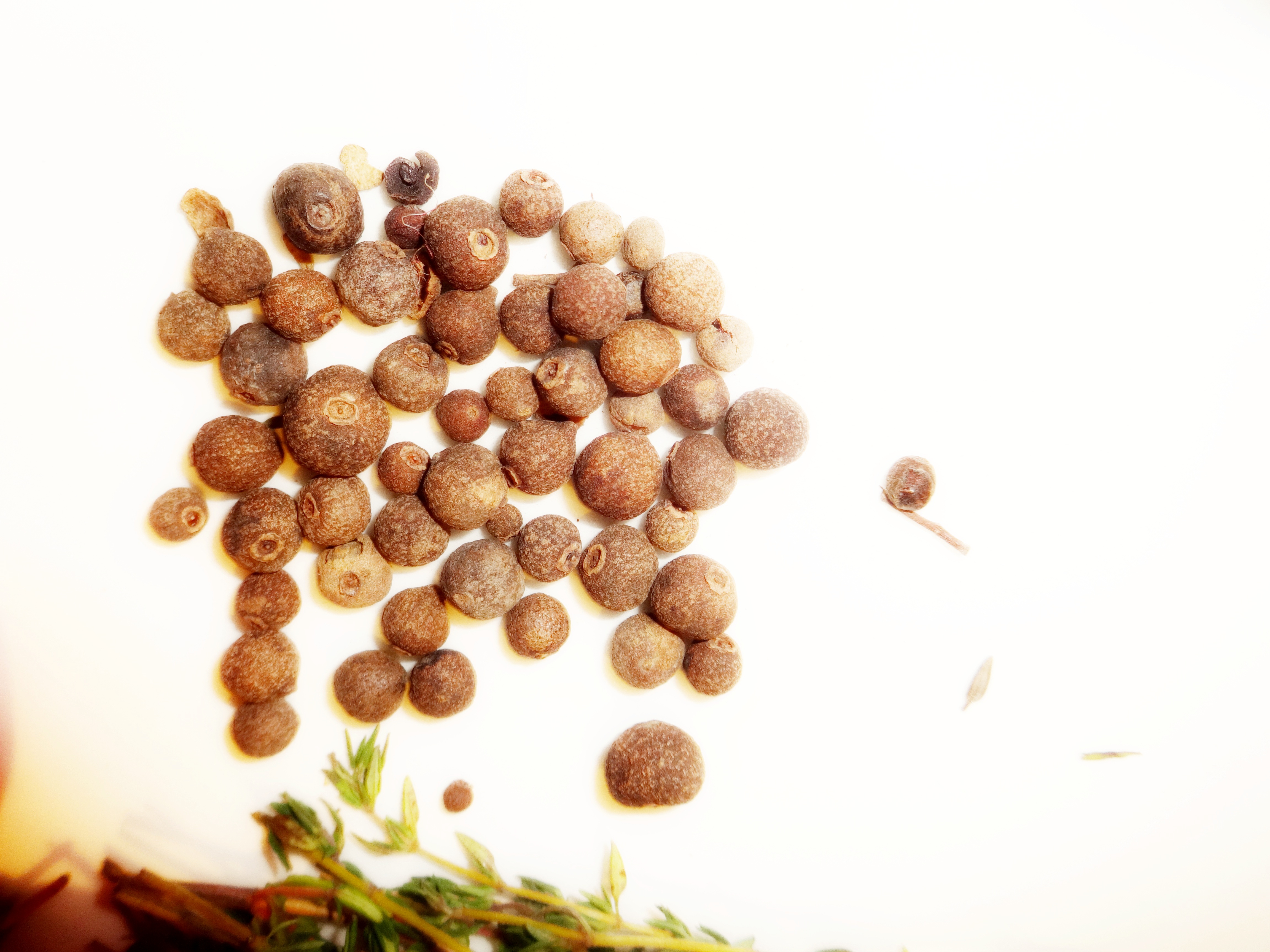
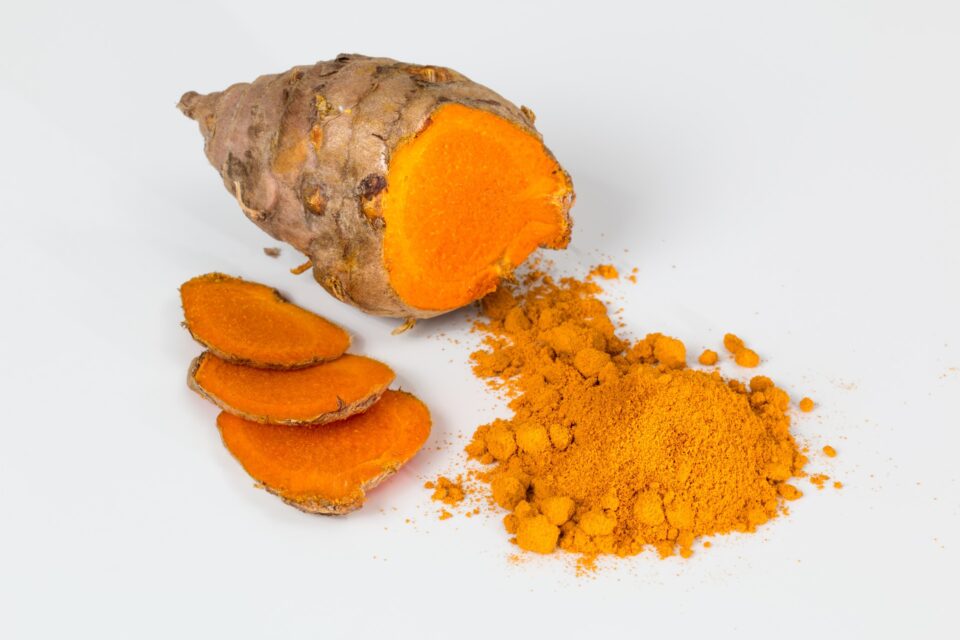
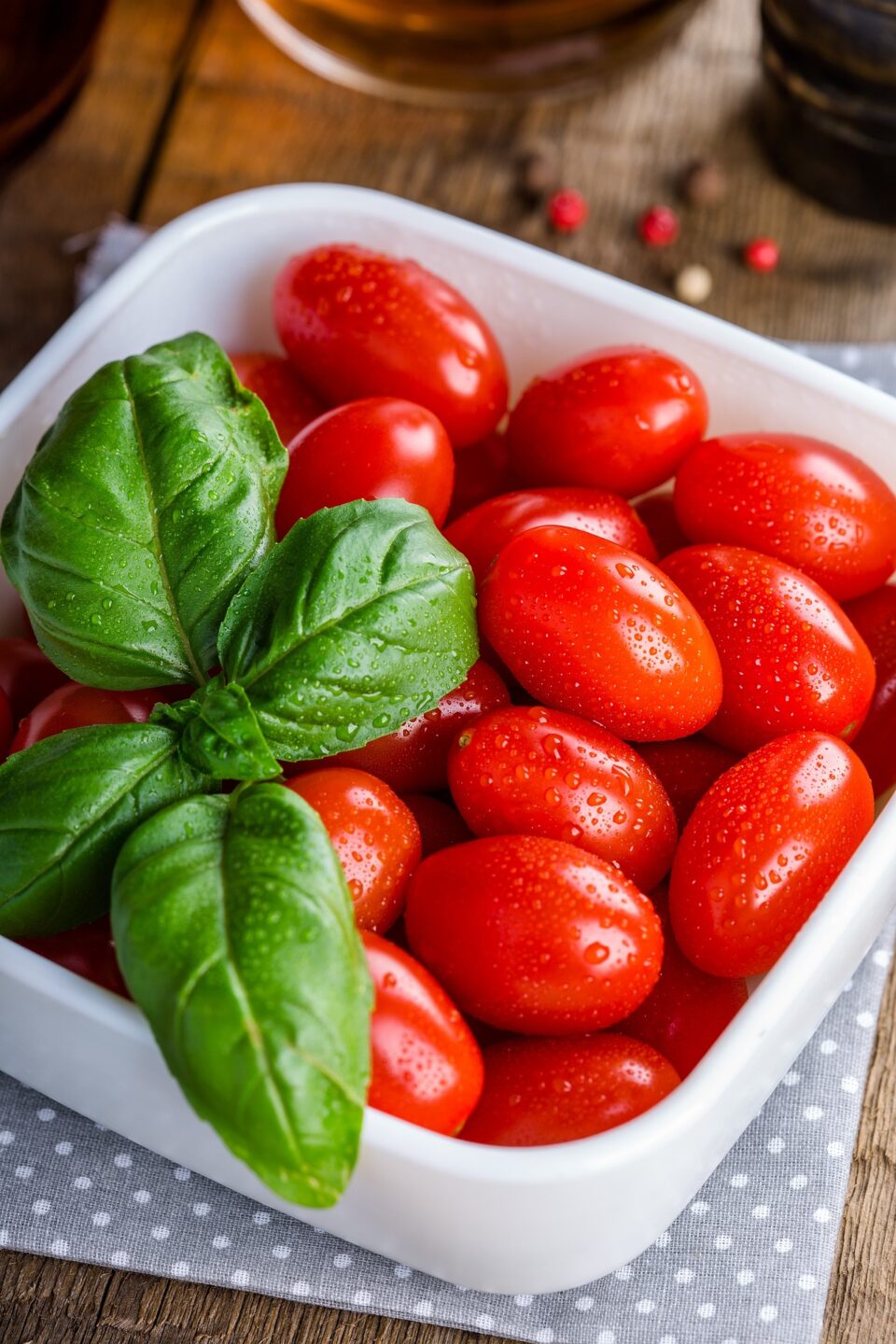
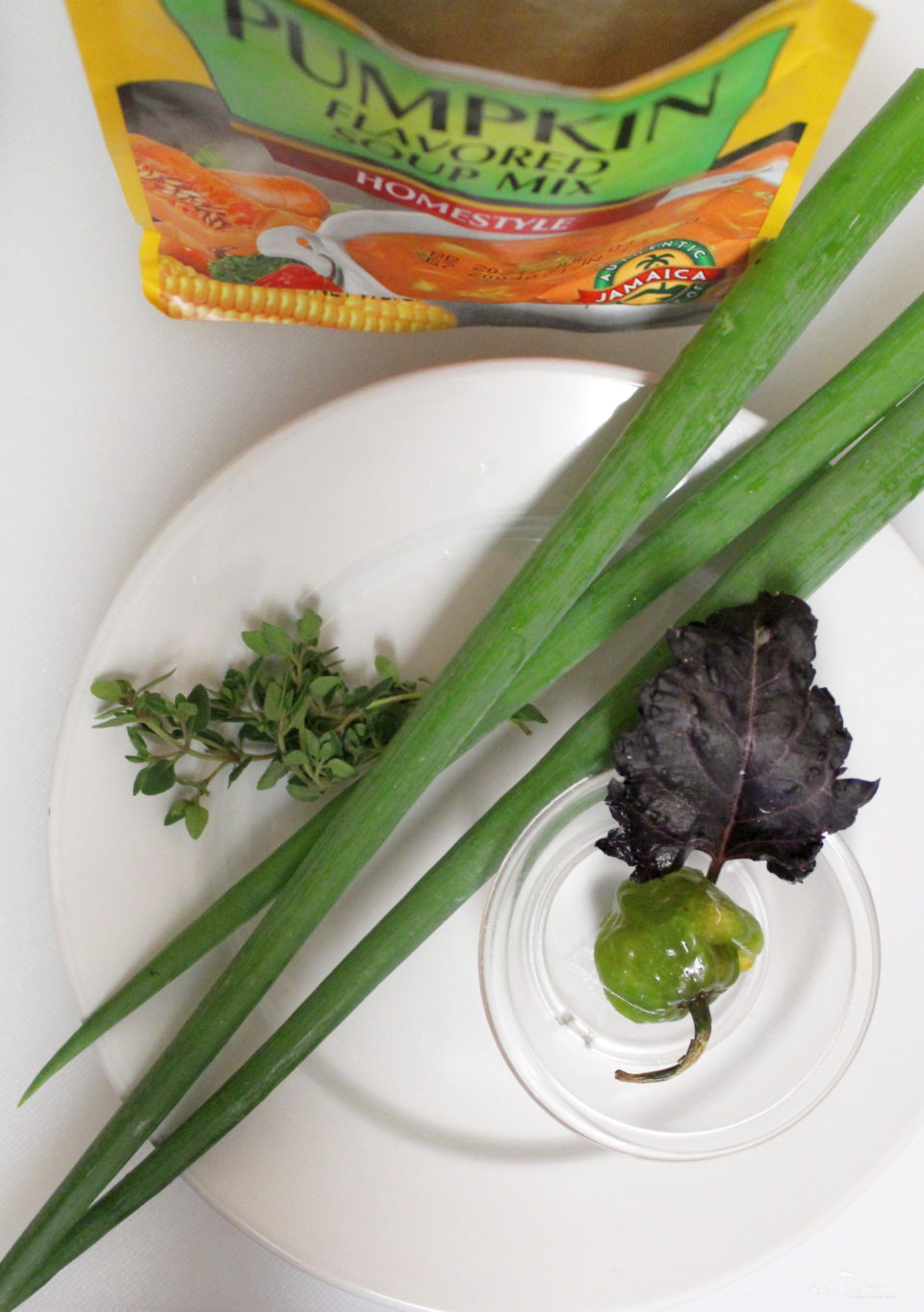
Coriander or cilantro seeds (the seed of the cilantro plant) is most popular among the Caribbean Indian population. Coriander seeds have a lemony flavor. It is one of the ingredients used to make various curries. In Indian cuisine, it is combined with cumin to make masala, a sauce thickener.
Scallions – also called escallions or green onions. Scallions are used to flavor fish, meats, soups, fritters, and many other savory Caribbean dishes. Scallion and Onion can be used interchangeably in any recipe.
Garlic is more than just low in calories and high in nutrients. Used heavily by almost every culture in the world, I would be hard-pressed to think of a meat dish that Jamaicans cook that does not include garlic. It has also been proven effective in fighting ailments including the common cold, high blood pressure, and Alzheimer’s just to name a few.
Thyme has a pleasant aromatic flavor and is used to season meats, soups, and other savory dishes. It can also be used to make tea. There are over 60 known species of thyme throughout the world 3 (broadleaf, fine leaf, and regular) of which are heavily used in Caribbean cuisine. Besides cooking; thyme leaves and oil can be used to treat stomachaches, diarrhea, arthritis, cough, and a number of other maladies.
Cilantro is heavily featured in Spanish Caribbean cooking. This spicy green herb is used to make many salsa, sauces, and salads. Cilantro also helps to combat high cholesterol.
Cumin is a tiny seed with a big flavor. Used to make seasonings like curry, chili powder, and several Mexican seasonings. Cumin has a peppery flavor. It is also a good source of iron, copper, calcium, and other vitamins. Cumin, parsley, and dill all belong to the same family.
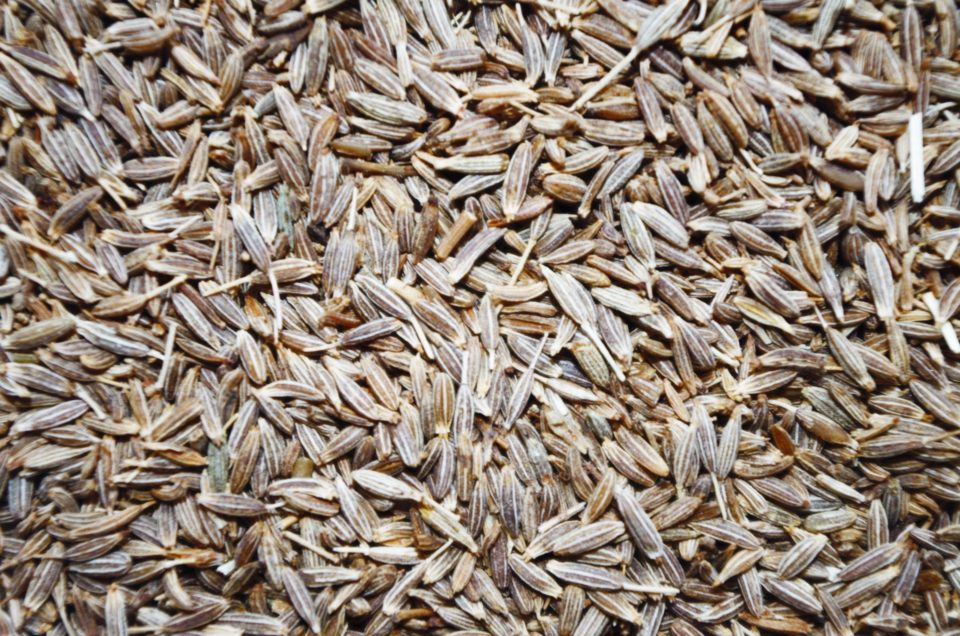

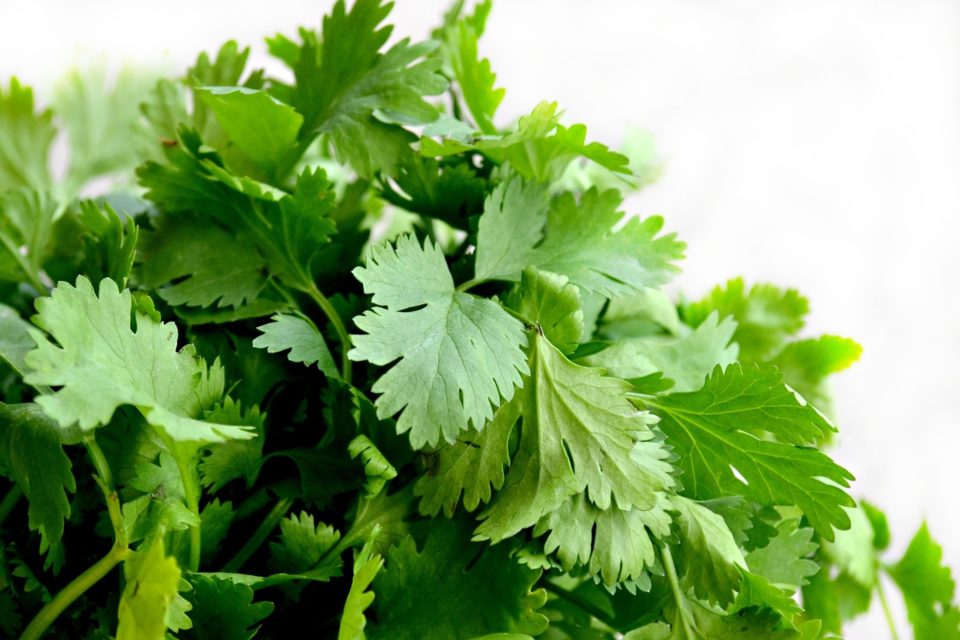
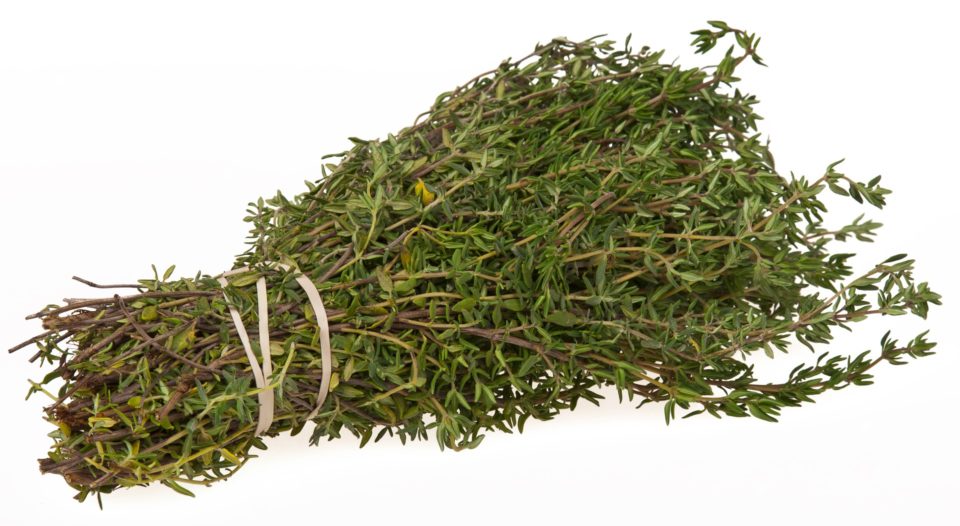
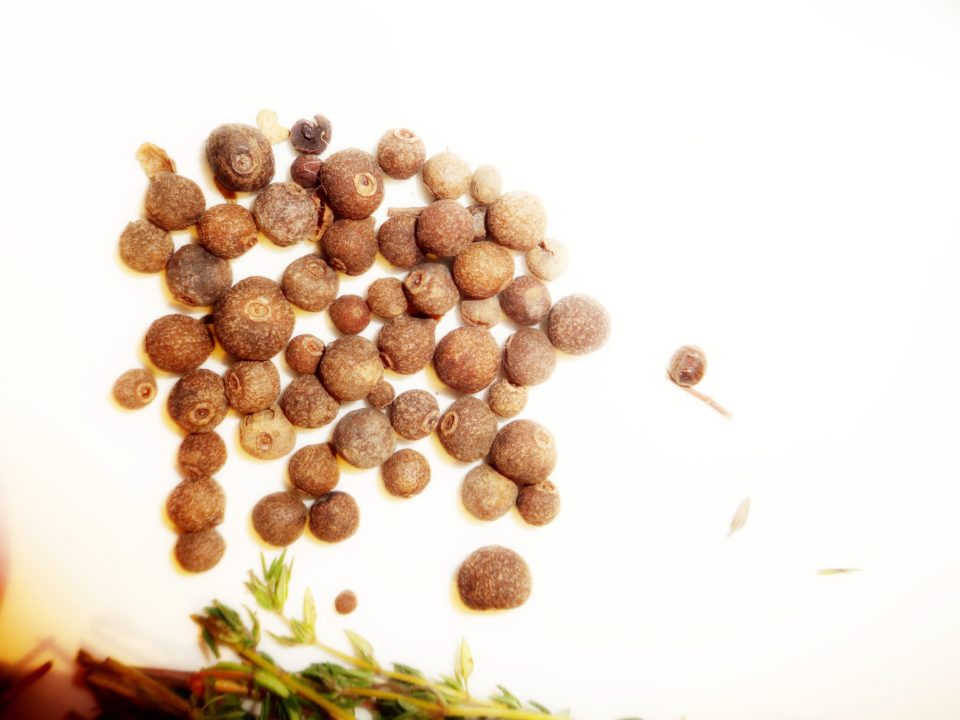
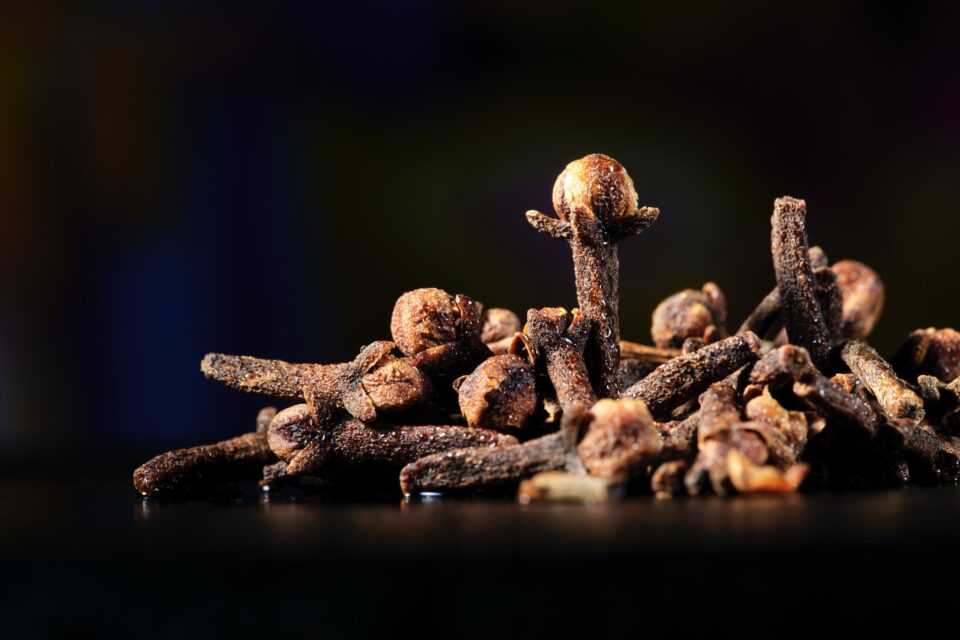
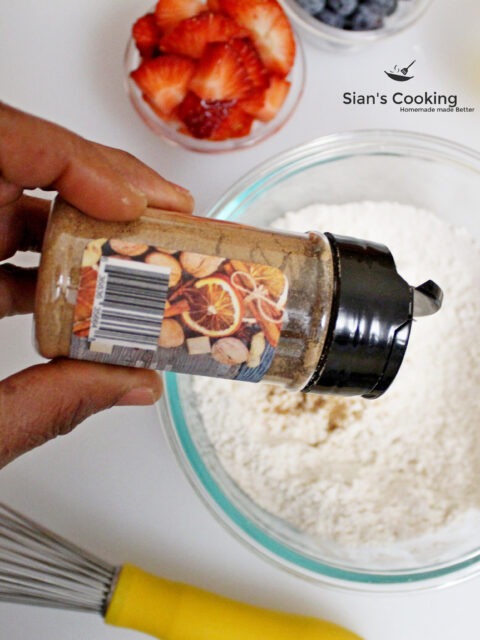

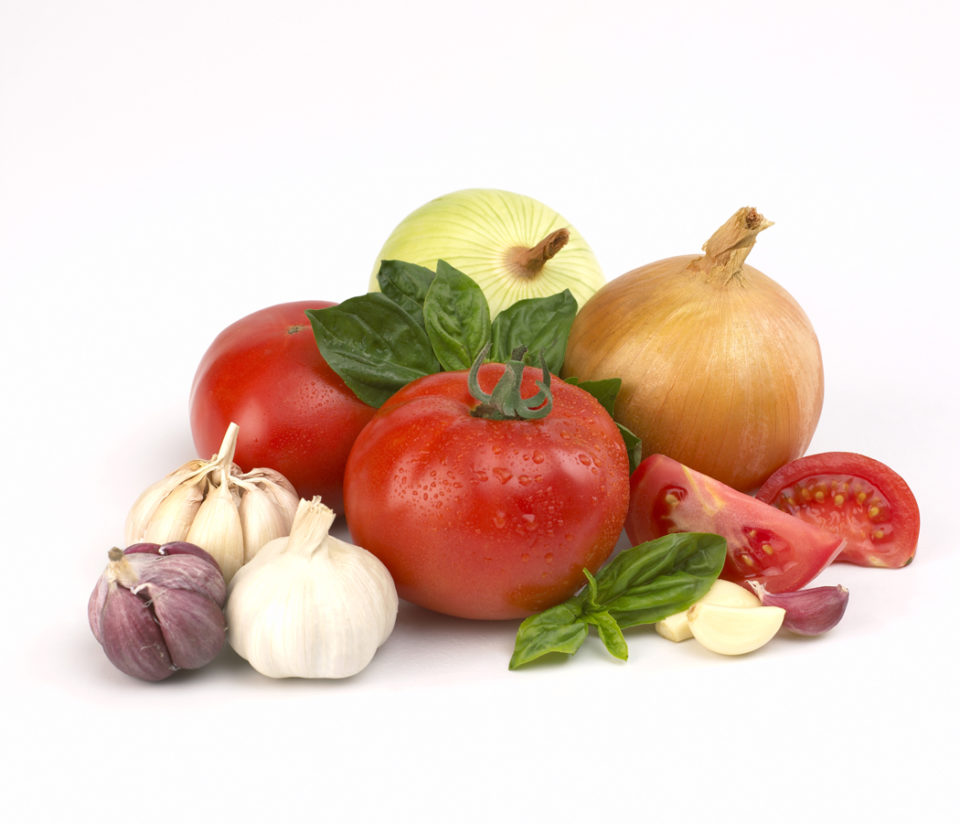
It’s great that you brought up how Caribbean cuisine has flavors that come from the use of fresh produce, herbs, and spices that are mostly to be credited in part to the large migration of African, Asian, and Western Europeans to the Caribbean over the centuries. I’ll be in New York this evening, and since I’m on a bit of a tight schedule, I was considering getting takeout for dinner instead. I’ll keep this in mind and look for a Jamaican restaurant in Queens that I can get food takeout later.
Thanks Claire. You should check out Caribbean Taste Budz. I haven’t tried them yet, but I’ve heard and seen good things.
https://caribbeantastebudz.com/